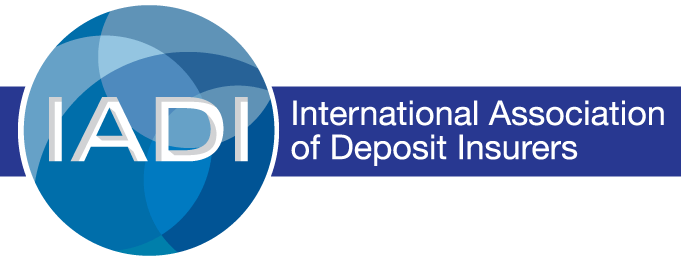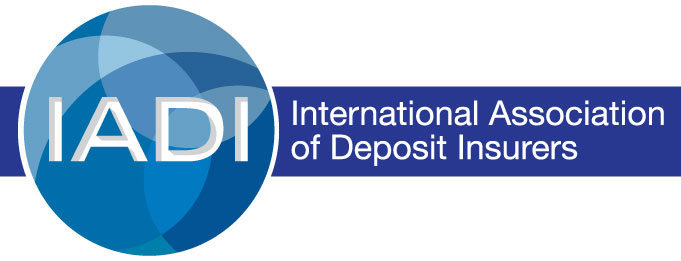Speech by Eva Hüpkes, Secretary General, International Association of Deposit Insurers, at the High-Level Meeting for Deputy Governors of Arab Central Banks & Monetary Authorities
Good afternoon,
To begin I would like to thank you for your kind invitation to speak to you today about the events of last spring and their implications for crisis management and deposit insurance systems.
The March banking turmoil ended up being a mini banking crisis rather than a full blown one. However, it is impossible to overlook the size and speed of deposit outflows. A bank can now be crippled in a matter of hours – not the days, or even weeks during the runs that occurred in 2008.
Despite that, the turmoil seems to have quickly faded from public consciousness, but certainly not from the agendas of international SSBs.
It seems that at the very least the regulatory systems and deposit insurers in particular need to adjust their frameworks to the prospect of faster bank runs.
Much like other international bodies, IADI is still drawing out the lessons and discussing reforms that may be needed. We plan to publish our report by year-end.
Let me highlight three themes that are of particular relevance:
- Coverage levels
- Uncovered deposits, and
- Interaction between deposit insurance and resolution and cooperation amongst FSN participants
1. Coverage
- Some deposit insurers are re-evaluating the appropriateness of the scope and/or level of coverage offered in their jurisdictions.
- Coverage level reviews were initiated in some jurisdictions prior to the crisis. The IADI Core Principles specify that the level and scope of coverage should be reviewed periodically (at least every five years).
- The Core Principles advocate limited but credible coverage shielding the vast majority of depositors without undermining market discipline.
- IADI data shows that the share of fully covered depositors is very high in almost all jurisdictions (see graph below):
- Globally, deposit insurers fully cover the deposits of a very high share of depositors. On a global scale, this ratio is 98% of depositors and has been consistently high since 2015.
- About 60% of total deposits are uninsured. A small number of depositors account for a considerable volume of uncovered deposits.
- The more advanced an economy, the higher the coverage ratio per value of deposits covered by deposit insurance.
2. Uncovered deposits
-
- The proportion of uninsured deposit has been steadily increasing Factors to be considered include: Covid-19, inflation, monetary policy, and coverage levels.
- In the light of this, moderate changes to coverage levels are unlikely to substantially alter the volume of uncovered deposits, which are concentrated with a very limited number of depositors.
- So, what are the alternatives?
- So, the introduction of a subordinated debt requirement. That is long-term debt held by bondholders with governance rights have the ability as well as the incentive and expertise to monitor senior managers may impose some market discipline. restraints as needed.
3. Deposit insurance and resolution
- This brings me to my third point – the interaction of deposit insurance with resolution, and coordination amongst safety net participants.
- We observe a continuing trend for mandates of deposit insurers to broaden.
- This trend in deposit insurers’ mandates causes deposit insurers to be increasingly involved in bank resolution and to apply resolution approaches other than pay-outs.
- This is why IADI revised its statutes last week to include in its objectives the cooperation amongst financial safety net participants on bank crisis management and resolution.
- The speed with which events occurred throughout the crisis highlighted the importance for authorities to respond very fast. the value of ongoing crisis
- We live in a global society that demands “immediacy” – thus expectations for depositors to have quasi uninterrupted access to their funds, even in crisis times.
- Our Core Principle 7 provides that the deposit insurer should be able to reimburse most insured depositors within seven working days. Likewise, the FSB Key Attributes provide that depositors should be provided with access to their funds within seven days).
Questions have been raised whether that standard is still valid and whether we do not have to expedite access to insured funds to align with depositors’ expectation. Public confidence in the safety of bank deposits is key to maintaining financial stability. Technology and the wealth of digital innovation should in theory make this possible.
To conclude
The speed with which failures can occur means that both preventative measures and early intervention as well as resolution planning and crisis management preparedness are more important than ever.
An area I have not touched up on is the emergence of digital currencies.
Would they solve the problem of bank runs and bank failures, or could they exacerbate the problem? We do not know.
There is more work to be done.
IADI will undertake a review of its core principles and will consider these and other issues.

